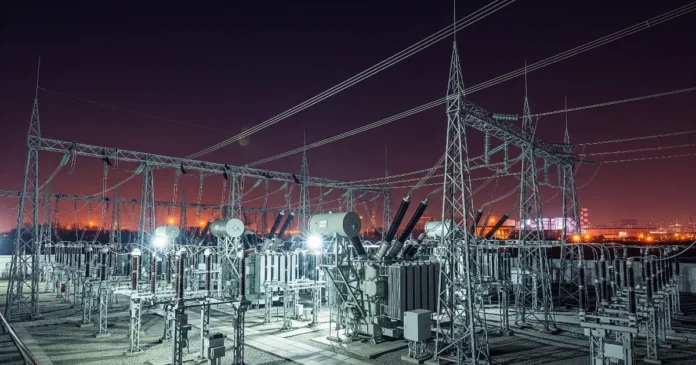By Lawrence Doe
Hovland, MN
A board member of Arrowhead Electric Coop Inc reminded me that the Coop buys energy from Great River Energy. The Coop buys electricity from Great River at wholesale prices and sells that same energy to Cook County residents at retail prices.
Great River Energy is a driving force in bringing data centers (bitcoin mining centers also?) to Minnesota. Great River actually pre-identifies acceptable sites to encourage this type of development. Their website lists the positive reasons for encouraging data centers to locate in Minnesota. (https://greatriverenergy.com) Great River further states that the electrical needs of data centers can be met without impacting Minnesota’s carbon-free standards. (80% by 2030, 90% by 2035, 100% by 2040)
The switch to carbon-free sources of electricity is a unique and emerging process. The futuristic goals are theoretical. The actual process is highly impacted by emerging technologies, international supply chains, workforce, politics, and local and national will. In truth, environmental goals and timelines set by world bodies and large corporations have a very poor record of being met. The changes demanded by climate change are difficult and initially very costly. Some experts doubt Great River Energy’s claim that the data centers can be built and operated without negatively impacting Minnesota’s carbon-free standards.
The law of supply and demand operates in the business of generating and selling energy. For-profit and not-for-profit businesses are both affected by supply and demand. Simply put, if supply is greater than demand, prices are lower. But if demand is greater than supply, prices will increase. These price fluctuations are not tied directly to the cost of production. When prices increase due to demand being greater than supply, the increased profits are called “wind-fall profits”. This happens when a producer can sell at a higher cost without an increase in the cost of production. There are examples of large corporations manipulating supply to increase profits. The petroleum industry has closed refineries for “maintenance” during peak demand season to increase profits. De Beers is a global diamond company that famously controlled the rate it released diamonds into the world market to artificially create a sense of rarity and thus maintain high perceived value.
So, how does supply and demand impact Cook County electrical rate payers? The current and proposed data centers will drastically increase electrical demand in Minnesota. Great Lakes Energy claims it can build additional capacity (still meeting carbon-free goals) to meet this increased demand. If they fail to do so, causing demand to surpass supply, electricity prices will increase. Yes, rate payers across the state, including Cook County, will pay more for their electrical needs. Supply and Demand.
Cook County residents can work to prevent data centers from building in our county through zoning, land use, and environmental concerns. However, we are not immune to increased electric bills due to the decisions of large corporations and their failure to meet stated goals.
In fact, Big Tech already has electric ratepayers footing the bill. Harvard Electricity Law Initiative has published a research paper titled “Extracting Profits From the Public: How Utility Ratepayers Are Paying For Big Tech’s Power” (eelp.law.harvard.edu). This report identifies four ways costs will be shifted to average ratepayers — “cost shifting”, special and opaque contracts with states and utility companies, disconnect between federal and state transmission rates, and data center grid demands.
An informative listen is the March 12, 2025 conversation David Roberts has with Harvard Law’s Eliza Martin and Ari Peskoe. (https://www.volts.wtf/p/who-is-paying-for-all-that-data-center) That conversation contains information on citizens subsidizing Big Tech’s energy bill, as well as Tech’s need for power, derailing necessary reforms to fossil-fuel infrastructure.



